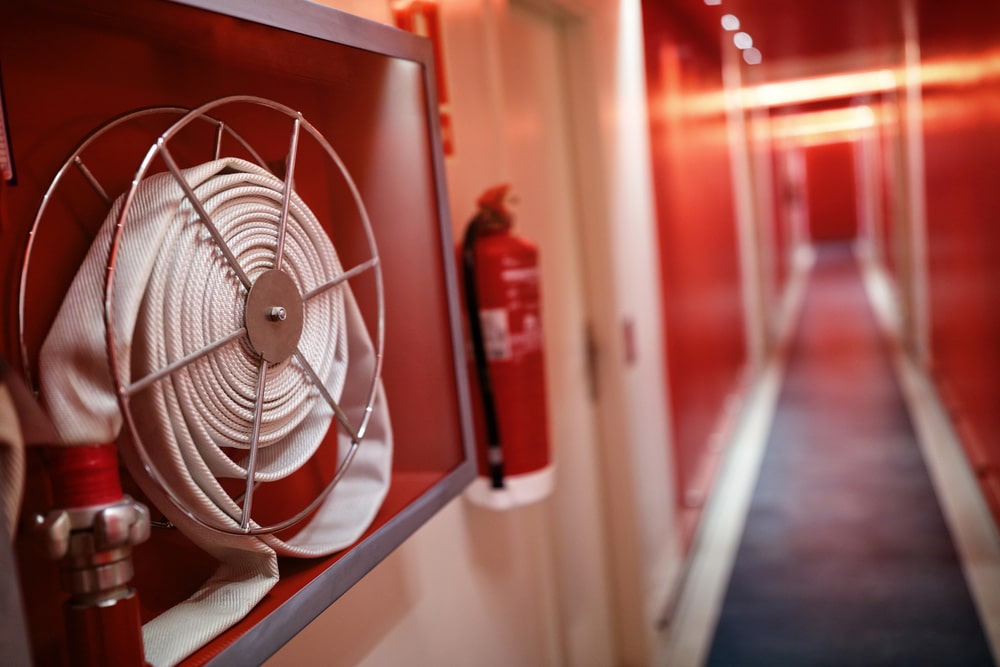A fire in a commercial and industrial property can be catastrophic. Not only do they cause thousands of dollars of damage, but businesses also experience a massive loss of time while restoring and rebuilding afterwards. That’s why fire protection systems are so important.
There are two types of fire protection systems, which every building needs to enhance their protection against fires: active and passive systems. Today we are discussing the lesser known passive systems and why they are so important.
What are Passive Fire Protection Systems?
- Fire Stopping: This method aims to halt the spread of fire by sealing openings and gaps in fire-resistance rated walls, floors and ceilings. This practice keeps fire within its point of origin.
- Fire Proofing: This procedure involves treating materials with substances to enhance their fire resistance. It helps prevent fire spread and minimises structural damage.
- Fire Dampers: These devices are fitted within ductwork, which automatically shut when they detect a temperature rise, stopping air flow, which could otherwise fan the flames.
- Annual Fire Inspections: These regular check-ups are essential to ensure all fire protection systems are operational and meet compliance standards.
The Benefits of Passive Fire Protection Systems
- Life Safety: The primary benefit is safeguarding human lives. By delaying the fire spread, these systems allow more time for evacuation and reduce the likelihood of toxic smoke inhalation.
- Asset Protection: By limiting fire, passive systems can reduce damage to a building and its contents, saving substantial costs in repairs and operational downtime.
- Legal Compliance: Regular inspections and the use of these systems are generally mandated under Australian law, assisting your organisation to remain compliant.
- Insurance Benefits: Certain insurers may provide lower premiums for buildings with effective passive fire protection in place, due to your reduced risk.
Choosing a Passive Fire Protection Service Provider
- Comprehensive Services: Choose a provider who offers a complete range of services, including fire stopping, fire proofing, fire dampers and annual inspections. This way you can work with your provider to ensure you property is as safe as it can be.
- Compliance with Standards: The provider should adhere to all relevant Australian Standards and regulations continue inspections and certification services to keep you compliant.
- Qualified Professionals: The company should employ highly skilled and certified professionals to perform the work. They should understand the fire risks of your area and understand any relevant local legislations.
Plan for the Future with All Passive Services
Choosing the right passive fire protection system isn’t just about satisfying regulatory demands. It’s about proactively taking steps to protect lives and property. At All Passive Services, we understand the critical role that passive fire protection systems play in preserving your safety.
We offer a wide range of services, including fire stopping, fire proofing, fire dampers and annual inspections to ensure your building is prepared for the worst. With a wealth of industry knowledge, we stay up to date with the latest industry standards and building codes to ensure our work meets stringent Australian and NSW fire safety requirements.
Want to make a booking or learn more about our passive fire protection systems? Contact us today.

